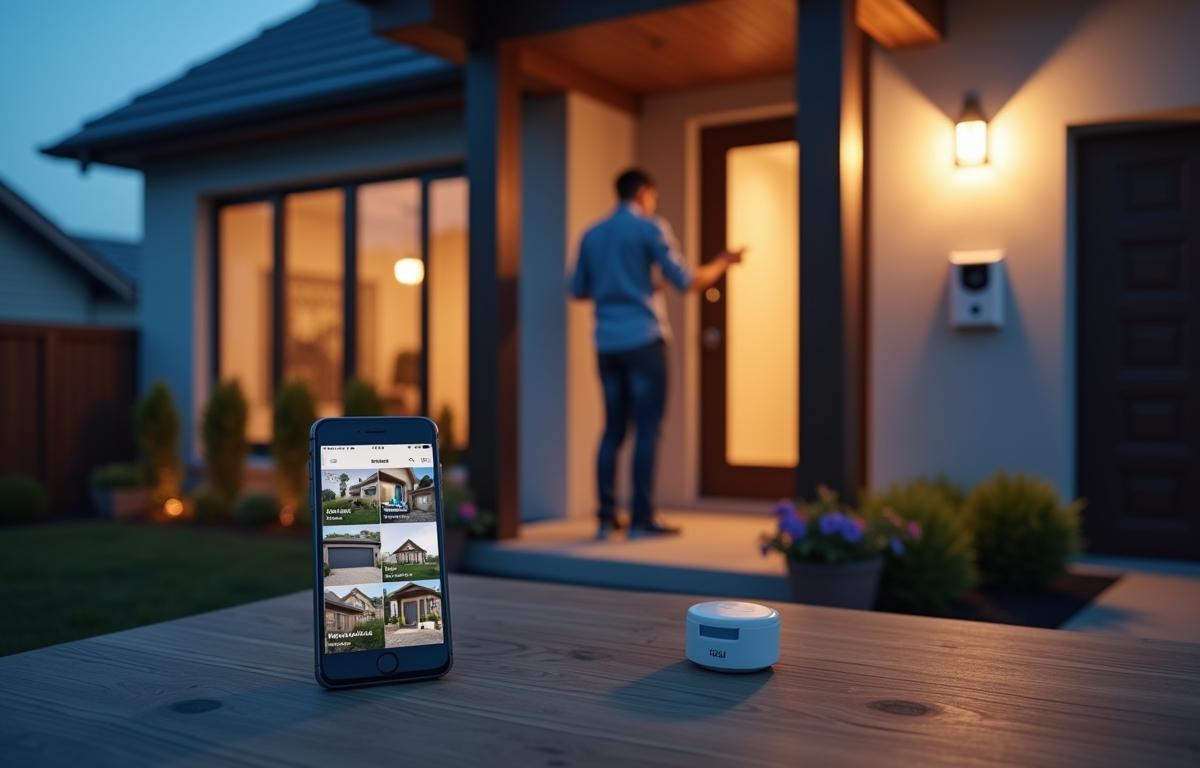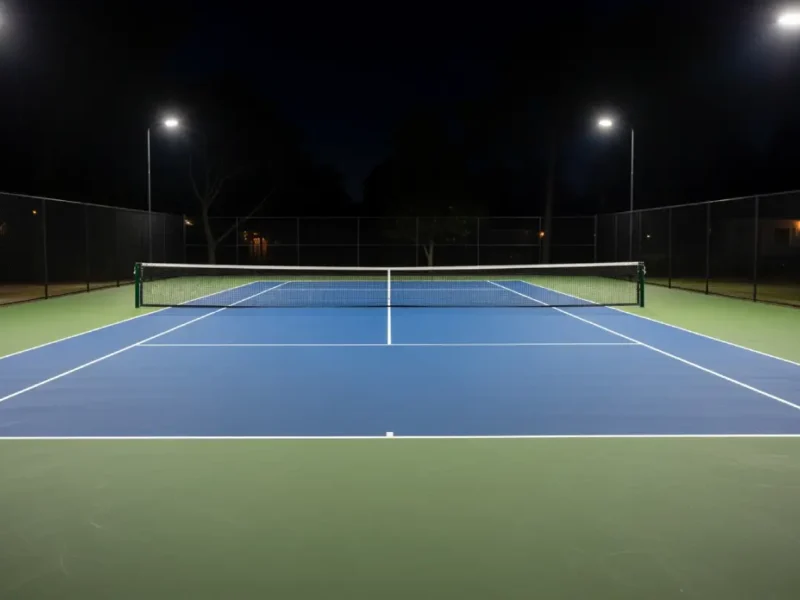If you’re new to it, setting up a DIY home security system is manageable. Many homeowners find that setting up their own security system offers more control over costs and features. A personalized approach allows you to focus on areas that matter most, like a back door or an attached garage.
Upgrading a property with motion sensors or wireless cameras can alleviate many safety concerns. Plus, modern technology makes it straightforward to monitor your home from anywhere through a simple smartphone app. When you handle the project yourself, you’ll likely notice just how scalable your system can become over time.
Contents
Why a DIY System Can Be a Smart Move
A do-it-yourself approach often cuts down on expensive installation fees. You also have the freedom to pick the exact equipment you need, whether that’s a few cameras or multiple sensors throughout your home.
Customizing each piece of gear allows you to prioritize critical areas. Some households focus on driveways, while others worry more about second-floor windows. This flexibility lets you stay within a budget while still creating a satisfying level of protection.
Saving Costs While Gaining Flexibility
When you choose to assemble your own kit, you sidestep select service charges. This DIY process can also reduce dependence on long-term contracts. Without a monthly fee, you stay in control of ongoing costs and can expand when you’re ready. Some choose to start small with just a door sensor or two, then grow their system as needs change.
Core Elements of a Reliable Setup
The heart of any system relies on sensors, alarms, and cameras working together. Each device plays a different role, yet they communicate seamlessly, offering a holistic shield against unwanted intrusions.
Motion detectors alert you to suspicious activities, while door and window sensors keep you informed of any forced entry. Cameras not only discourage potential burglars but also collect useful evidence in case anything happens.
Protecting Entry Points
Doors and windows are prime targets for unauthorized entry. Installing sensors on each of these points gives you real-time notifications whenever they open or close. This quick alert can make a meaningful difference when seconds count.
Monitoring Tools That Matter
Cameras and alarms are integral parts of your setup. A well-placed camera can deter unsolicited visitors, and a high-decibel alarm can scare them off. Pair these features with a recording setup to ensure you capture vital footage.
Tips for Strategic Device Placement
Securing your living space goes beyond just buying the right devices. Where you place each component can amplify its effectiveness. Think about lighting conditions and the vantage points from each device’s perspective.
Some people mount cameras high to cover a large viewing angle. Others prefer placing motion detectors in hallways that connect common areas. By tailoring these positions to your home’s layout, you confidently address vulnerabilities.
Doorways and Windows
Front and back entrances see the highest traffic. Placing sensors and cameras near them maintains a quick response time in case of a break-in. Windows on the ground level should also get attention, especially if they’re hidden from street view.
Balancing Wired and Wireless Options
Not every household has the same connectivity preferences. Some opt for a fully wireless setup because it simplifies installation. Others value the reliability of wired connections, which don’t depend on signal strength or battery life.
The choice often comes down to your home’s structure. If your walls are easy to drill or already equipped with Ethernet cabling, wired devices can be a stable choice. However, a wireless approach works well for renters or anyone who wants to avoid extensive modifications.
Cost can also be a deciding factor. Wired setups might require professional help if you’re unfamiliar with cable management. Meanwhile, wireless gear can be installed by most enthusiasts, but you should invest in quality brands to keep signal disruptions to a minimum.
Evaluating Connectivity
Even a wireless setup may need a strong router or a dedicated range extender to reach distant corners. Knowing your home’s layout helps you decide whether a hybrid model is the best fit. You might pair a wired camera for crucial entry points with wireless sensors elsewhere, achieving both reliability and convenience.
Enhancing Your System with Smart Upgrades
Technology evolves rapidly, which means your diy home security system can, too. Syncing your setup with other smart home devices creates an even stronger safety net. You can link door locks, thermostat controls, and lighting systems to work in harmony.
Automation is a big draw for tech-minded homeowners. If someone triggers a window sensor at night, lights in that area can switch on automatically. This synergy maximizes your system’s effectiveness without requiring constant manual adjustment.
For instance, you can program your lights to flicker if the alarm detects a forced door open. This sudden burst of light and sound creates confusion for intruders and signals neighbors to pay attention. With each upgrade, you keep refining your system to address different scenarios without relying on an external monitoring service.
App-Based Notifications
Mobile integration is now a cornerstone of modern home protection. An app-based approach helps you monitor your space around the clock. You receive instant alerts if a sensor or camera picks up unexpected movement, and that knowledge can prompt a swift response.
Practical Maintenance Habits
Keeping your system functional isn’t complicated, but it does take a bit of planning. Check the batteries in your devices regularly and ensure your Wi-Fi remains stable. A routine inspection of your sensors’ sensitivity settings can prevent false alarms.
Software updates also play a part in system reliability. Manufacturers often release patches for potential vulnerabilities, so take advantage of any new firmware. Timely updates help ward off cyber threats and make sure everything stays current.
Staying One Step Ahead
Securing your home is never a one-time event. As new products emerge, you can adapt your diy home security setup to match evolving risks. Regular self-assessments will keep you proactive and your household protected.



